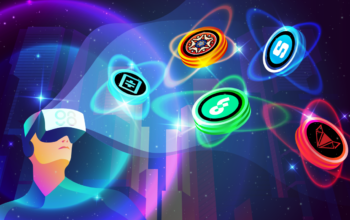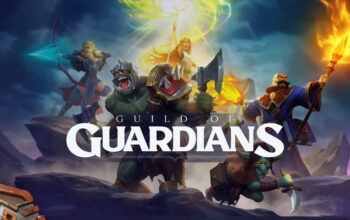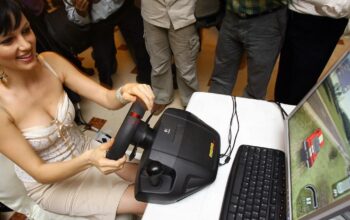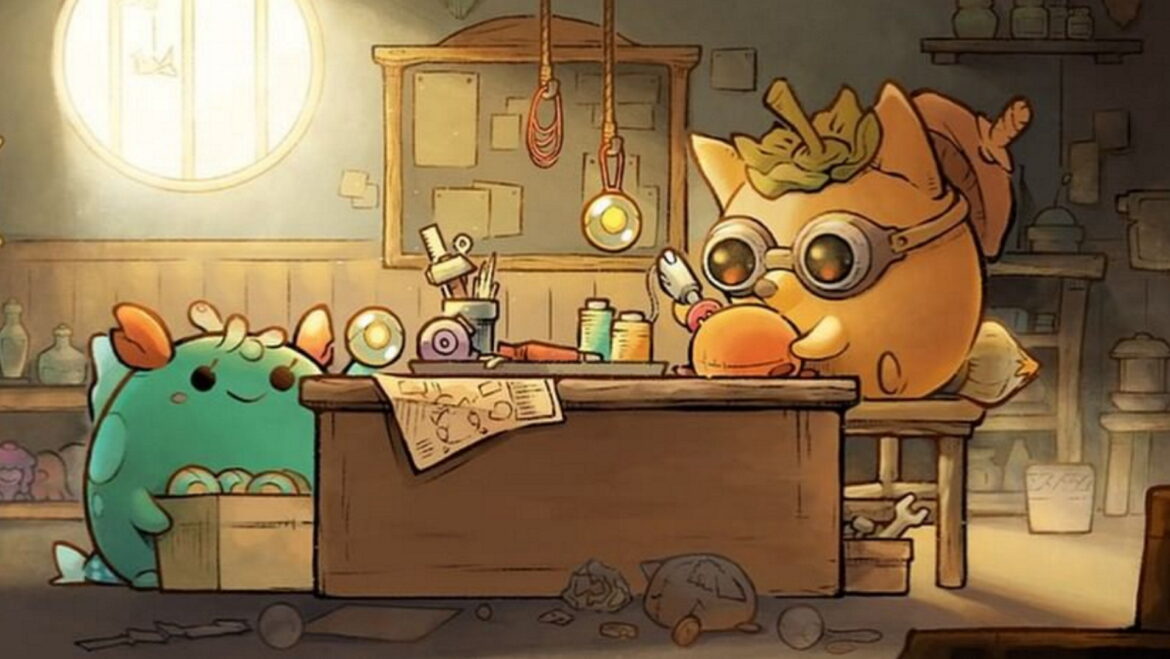
Video play to earn games have brought a number of advantages to its customers throughout time.
From epic voyages to vexing boss encounters, stunning riches, and even lifetime friendships, video play to earn games are the perfect medium for delivering experiences limited only by the makers’ creativity.
The aforementioned “extraordinary riches” may be found in a number of best play to earn games. Typically, players spend their time trying to improve their power by completing progressively difficult trials while striving to correct some cosmic wrong. Learn more how to make $100 per day with these play to earn games.
Take, for example, World of Warcraft.
Overwatch’s 17-year domination of the MMORPG market, with over 100 million players since its inception, highlights the importance of a satisfying power creep.
While some claim that fashion is the ultimate “end game,” World of Warcraft’s appeal has been built on the game’s ability to provide players with ever-expanding material that enables them to continue improving their skills for years.
The majority of a player’s quest for power is spent obtaining rare things. In traditional play, you may gain play to earn games by collecting rare equipment in one of three ways:
• Long and complicated quest chains
• Striking it rich with random drops
Although most MMOs/multiplayer best play to earn games include an active in-game marketplace where players may trade commodities for in-game currency, acquiring equip poses an intriguing topic.
There is, nevertheless, a thriving illegal market for digital goods. RMTs (real-money transactions) are marketplaces that exist outside of the game and are run by a third party. These markets are riddled with frauds and predatory activities such as item duplication, account hacking/stealing, and more since there is no really trustworthy way to interact in them.
Thankfully, blockchain technology has stepped in to solve these grey-market difficulties; trustless by nature, immune to duplication, with a demonstrable supply and traceable ownership, this new technology has ushered in a new age of gaming.
An era in which the virtual worlds we know and love have real-world consequence.
Digital Collections Have Never Been This Real Before
Some type of real-money market for digital objects has existed since internet best play to earn games and gaming permitted the construction of shared virtual worlds. People like collecting digital assets and are prepared to spend money on their passion, whether it’s via the grey market trading of possibly stolen accounts/goods or the more legitimate purchase of skins, helmets, and other cosmetics straight from the developer.
Prior to blockchain, however, the digital items that individuals accumulated over time were technically not theirs. The things may be used, but they are not genuinely owned by the user.
The introduction of blockchain technology, particularly non-fungible tokens (NFTs), has radically changed the way certain best play to earn games are played to generate money. Players do, in reality, own their digital possessions, which can be verified.
Trading is no longer a shady business; it is now completely transparent and untrustworthy, and it is endorsed by the developers, who benefit from every transaction.
The creation of the “metaverse” concept is partly due to the rise in digital ownership.
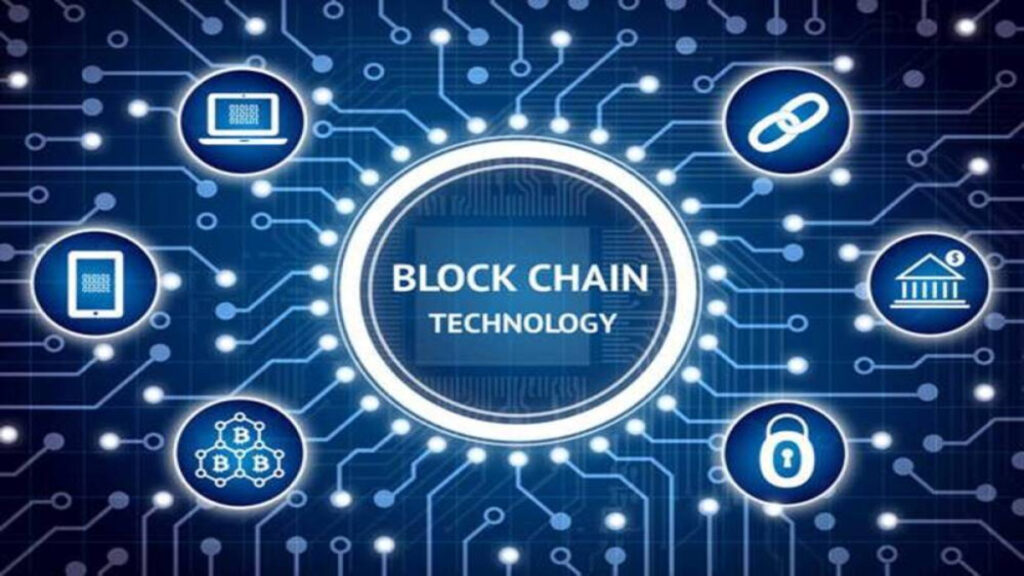
In a metaverse, what are the possibilities?
The “metaverse” is a shared digital space in which elements of the real world—specifically, ownership, identity, and financial worth—are smoothly incorporated. The technologies of blockchain and NFTs are suited for realizing this ambition.
People spend time constructing their digital collections since obtaining (and utilizing) unique things is a specific way to express oneself, especially in the metaverse.
In a digital world, wearing the rarest clothing and trendiest accessories is essential for people to stand out and feel distinguished.
Naturally, a player’s Enjin Wallet is more than just a fashionable accessory. It becomes an interactive record of the user’s prior experiences and achievements, as well as a window into their interests.
Market analysis—finding good buying chances to resell—is an important part of this collecting activity.
Some game users just participate in speculative trading to make money, preferring to engage in market activities rather than play the game, therefore affecting the game’s economy without ever logging in.
Some individuals may also join the game for non-competitive reasons, such as to become outstanding artisans or companion trainers and benefit from their skills by selling items to more competitive players.
This is one of the metaverse’s many strengths.
In a virtual world, how do you value something?
As a developer, merging a video-game economy with real-world dollars poses a fascinating challenge. When it comes to good item balance, there are two key factors to consider:
- Supply and Demand: The item’s supply must be matched against the gamer’s utility or power.
- Drop Rate / Difficulty of Obtaining: When assessing the item’s supply, the drop rate and difficulty of the missions that reward it must be taken into account.
It’s been fascinating to see the impact of assets having real-world value on the community’s enthusiasm. Because businesses recognize that a larger player base implies higher demand for their products, players become brand ambassadors, spreading the word and recruiting new members.
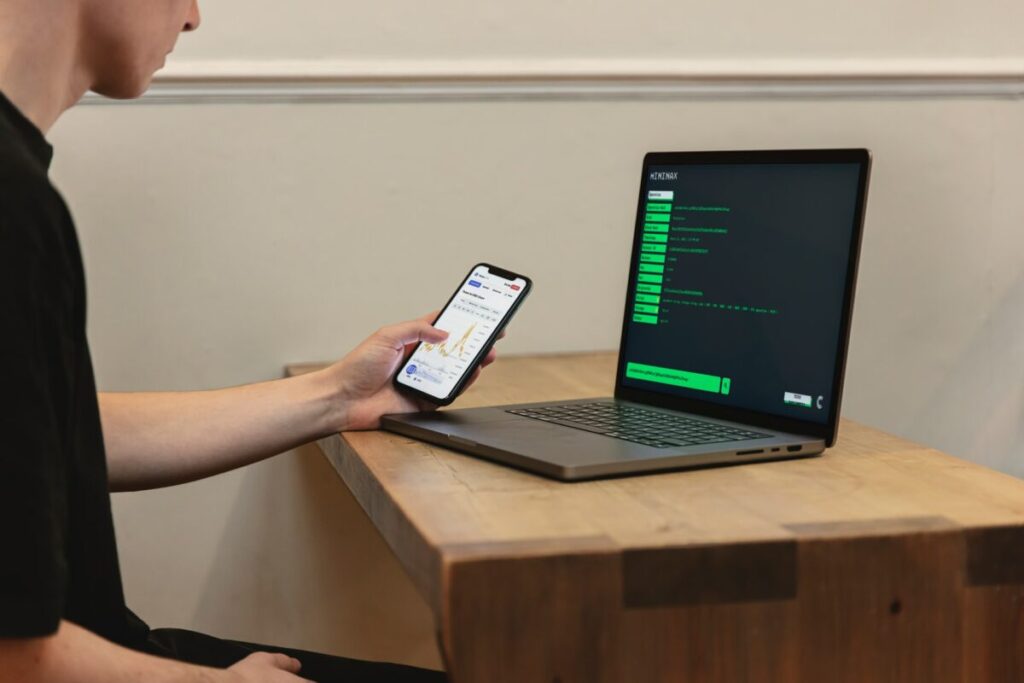
Play first, then earn.
Despite the fact that blockchain-enabled play to earn games violate convention and the NFTs contained within may be very valuable, the best play to earn games (and most successful players) put enjoyment first.
“Where are the best drops?” is a question that many newbies to the Lost Relics community ask right away. This is a legitimate viewpoint, yet it often leads to exhaustion.
Answering such questions would not only take away from the thrill and excitement of discovery, but it would also foster the idea of discovering the biggest drops with the least effort.
Lost Relics is a game that is meant to be played. While you may earn a lot of NFTs by playing, the game has been designed with strong features that focus on improving the real-world gaming experience.
Lost Relics offers enough content to keep players interested even without the extra motivation of earning via play, with a dynamic, living town to call home, numerous tasks to complete, character advancement across many skills, and growing levels of tough dungeons to explore.
The in-game drops are the icing on the action-RPG cake.
NFTs, on the other hand, have a real appeal. The unknown of what can drop during a dungeon run adds a thrilling aspect of “lucky dip,” and the chance of obtaining Mythical or Transcendent items is particularly appealing.
These resources do not cover the whole of the Lost Relics experience, which emphasizes gaming.Users may expect new features and information to be added on a regular basis as a result of ongoing upgrades. This maintains the game feeling fresh and assures that gamers, no matter how long they’ve been playing, never run out of new things to discover.
